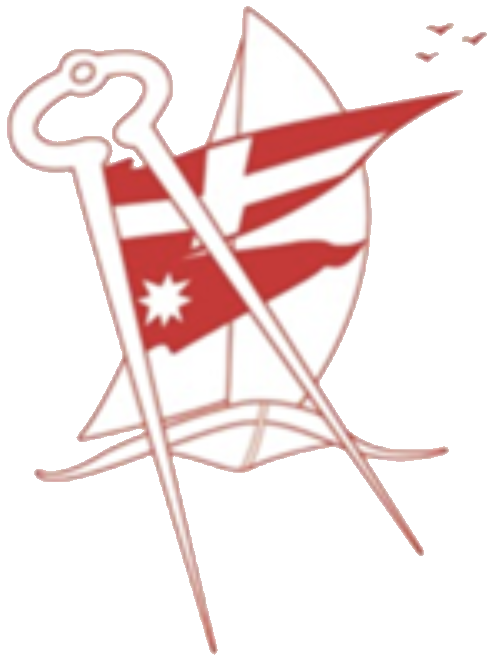In October I enjoyed a cruise to the end of the world and beyond on the MS Fram. She is the smallest of the three Hurtigruten line ships which sail in South America.

We sailed from Valparaiso, the closest port to Santiago and a really interesting city in its own right.
After two days at sea we made our way through the Chacao Channel to Castro which is the main city on the island of Chiloe and the third oldest city in Chile, founded in 1756 by the Spanish. One of the main sights is the palafots or houses on stilts. These were used for workers but are now mainly hotels, hostels or boutiques.

The next port was Puerto Eden on Wellington Island. It is one of the three most isolated townships in Chile. It was the home of the last of the Kaweshar people but there are no more full blood natives and the population is less than 300. The main industry was fishing. There is no road transport just a weekly ferry and the paths are boardwalks. It is reputed to be the place with the highest rainfall in the world.

The route through the fjords was spectacular with waterfalls and snow capped mountains.

The major port of call on mainland Chile was Puerto Natales. This city is only half an hour from the Argentinian border. We spent a night berthed here which allowed an excursion to the spectacular Torres del Paine National Park.

From there we proceeded through part of the Magellan Straits, briefly into the open ocean and then the Beagle Channel. Turning south we sailed past Cape Horn and then across the dreaded Drake Passage.

Cape Horn.
We spent six days in total visiting various harbours and bays on the Antarctic Peninsula. Of course there were plenty of penguins as well as albatross, terns, skuas, seals, a few whales and lots of icebergs.

One of the most spectacular sights was Paradise Bay.

We recrossed the Drake Passage and made landfall at Puerto Williams, Chile which claims to be the most southerly town in the world. This title previously was held by Ushuaia, Argentina at 54o 48’ S whereas Puerto Williams sits at 54o56’ S. There is a small marina at Puerto Williams. There were two Australian boats moored there. One had sailed from Southport and was headed to Antarctica and the other was from Jervis Bay.
The Beagle Channel forms the border between Chile and Argentina. This boat came out of the marina in Chile flying both countries’ flags. We caught up with it outside Ushuaia with just the Argentinian flag on show.

After Puerto Williams we headed to Punta Arenas for a flight back to Santiago. Punta Arenas is the administrative capital of the most southerly of Chile’s sixteen regions. Thus ended the tour.
/ Dorothy Theeboom


Recent Comments